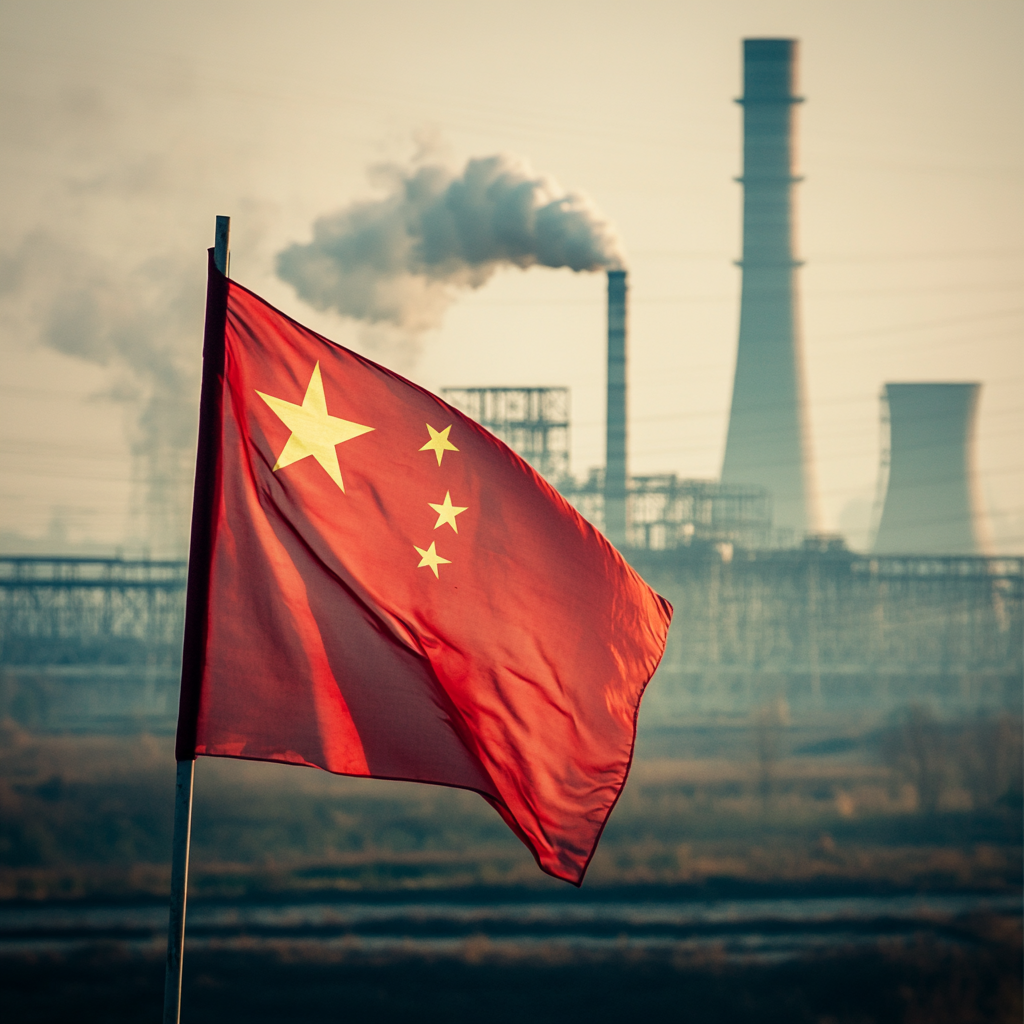
- China is rapidly outpacing the U.S. and Europe in nuclear energy production, set to become the world’s largest producer within the next decade, thanks to a robust buildout of new reactors and cutting-edge technologies like small modular reactors and thorium-based models.
- The country’s state-backed nuclear industry benefits from low interest rates and faster construction times, allowing China to offer more cost-effective and efficient solutions compared to Western nuclear projects, which are often delayed and over budget.
- China is expanding its influence in global nuclear markets by financing and building reactors in emerging countries across Asia and Africa, positioning itself as a key competitor to Russia and challenging Western dominance in the sector.
China has quickly emerged as a dominant force in the global nuclear energy sector, surpassing the rest of the world in nuclear power deployment. While the United States has long been the leading producer of nuclear energy, its market has slowed in recent decades. Much of the country’s aging fleet is in decline, and new projects are often delayed and over budget. In contrast, China has significantly accelerated its nuclear energy buildout, adding 34 gigawatts of capacity over the last ten years. As a result, China is set to overtake the United States—and France—to become the world’s largest producer of nuclear energy within the next decade.
While China has been expanding its nuclear power capacity, it has also invested heavily in innovative nuclear technologies. The country has rolled out small modular reactors (SMRs) and high-temperature gas-cooled reactors, while similar designs in the U.S. have stagnated due to regulatory hurdles. Additionally, China has been exploring thorium-fueled reactors, a cutting-edge alternative to uranium-fueled models. Although U.S. scientists have developed similar prototypes, China has successfully built these technologies, gaining a wealth of operational experience that the West has yet to match.
This shift in the nuclear sector has given China a substantial advantage in the global race for nuclear expertise. While the United States and European nations have been unable to keep pace, China has established itself as a leader in nuclear technology development. The country’s state-owned reactor developers benefit from preferential loans and low interest rates, allowing them to build reactors faster and more affordably than their Western counterparts, whose projects are often plagued by regulatory delays and budget overruns. For example, the U.S.’s latest nuclear reactor, Georgia’s Plant Vogtle, came online in April 2024—seven years behind schedule and $17 billion over budget. Its final cost of $35 billion makes it one of the most expensive infrastructure projects in U.S. history, with electricity costs at $170-$180 per megawatt-hour (MWh), far higher than international standards.
China’s ability to build nuclear reactors quickly and affordably contrasts sharply with the challenges faced in the United States and Europe. In China, state-backed enterprises can count on steady electricity rates from industrial buyers to help cover the costs of new reactors, making it easier to finance large projects. In the U.S., however, the nuclear industry must compete with other energy sources on price, making it difficult for nuclear to remain competitive.
China’s focus on nuclear energy is not limited to domestic development; the country is now looking to expand its influence in international energy markets. China has begun financing and building nuclear reactors in emerging markets across Asia and Africa, positioning itself as a key player in the global energy transition. This is in contrast to Russia, which currently dominates the global nuclear supply chain. However, China’s rapid expansion in this sector, paired with its growing technological expertise, could enable it to surpass Russia in the near future.
In an effort to increase its international footprint, China is also establishing partnerships with other countries, including Russia and France, while expanding cooperation with new partners in Europe and beyond. The China National Nuclear Corporation (CNNC) is planning to build research and development centers in Eastern Europe and increase the participation of international scientific and technical talent in its projects. These efforts are part of China’s broader strategy to enhance its global influence, open up international markets, and establish a robust, globally competitive nuclear energy industry.
The rise of China as a nuclear energy powerhouse poses significant challenges for the United States and Europe. The growing gap in reactor development times, costs, and technological capabilities makes it increasingly difficult for Western countries to keep up. With China aggressively pursuing new technologies, investing in international projects, and streamlining its nuclear power development, the global nuclear energy landscape is shifting dramatically.
As China’s nuclear energy capabilities continue to advance, it is likely to become a dominant force in the sector, both at home and abroad. This shift will not only reshape global nuclear power dynamics but also influence the future of clean, carbon-neutral energy worldwide. For the U.S. and Europe, the challenge will be to find ways to close the gap and remain competitive in a field where China is leading the charge.

0 Comments